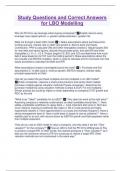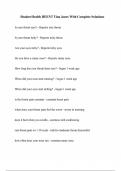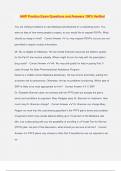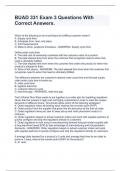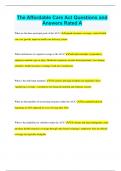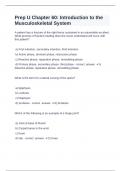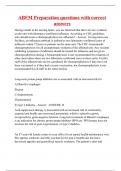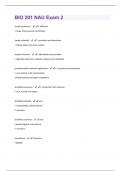Exam (elaborations)
Study Questions and Correct Answers for LBO Modelling
- Course
- Institution
Why do PE firms use leverage when buying companies? Amplify returns using leverage Less capital upfront => greater upside potential + greater risk Walk me through a basic LBO model 1. Make assumptions about purchase price, funding sources, interest rate on debt, and growth 2. S&U to back into E...
[Show more]
